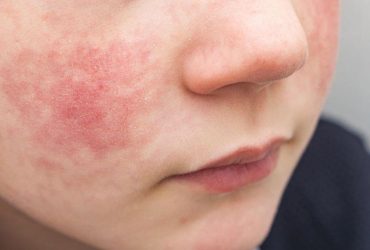Risk for each factor varies, but risk for severe suicide/self-harm alert is 70 times higher for youth with five or more online risk factors
Rates higher for female youth, those with no psychiatric history, and individuals with existing psychiatric diagnoses at time of encounter
High adverse childhood experience scores linked to increased ED utilization, hospitalizations, and telephone encounters
Approximate doubling in rate of BMI increase seen between prepandemic and pandemic periods; higher increases reported for those with overweight, obesity
Virtual reality intervention also significantly decreases pain among patients undergoing peripheral IV catheter placement
Children from families with lower income and those from minority racial/ethnic groups also most likely to have COVID-19-related school closures
Higher Children's Sleep Habits Questionnaire total score correlated with higher frequency of severe attacks, lower drug efficacy
Mild-to-moderate atopic dermatitis not linked to symptoms of depression, but linked to internalizing behaviors from age 4 years
While nearly one in three will experience points of remission of ADHD symptoms, most experience recurrence over time and few outgrow it
Pooled prevalence estimates 25.2 and 20.5 percent for clinically elevated depression and anxiety symptoms, respectively











